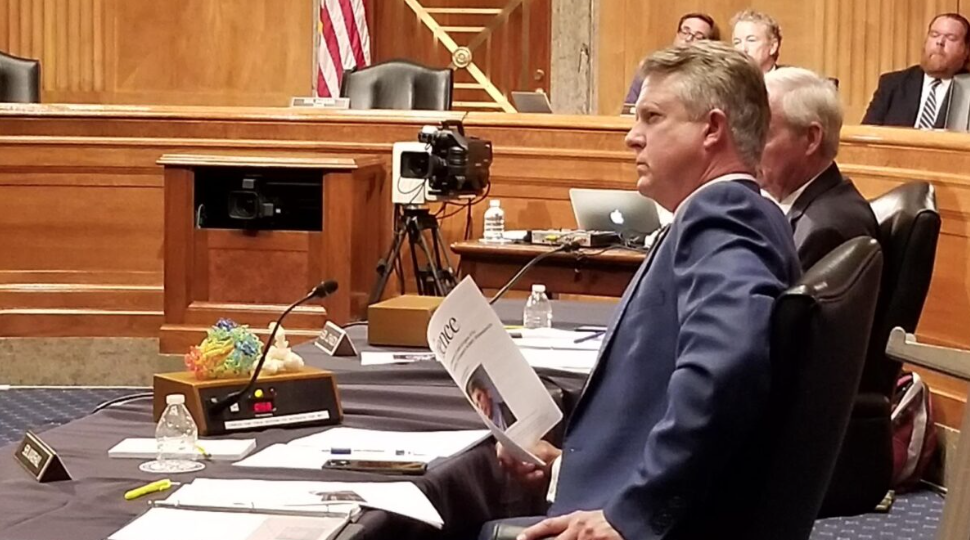
The Federalist
The Federalist's Self-Proclaimed Bias
In September 2013, co-founder Ben Domenech, a conservative writer and TV commentator, wrote that The Federalist was inspired by the worldview of the original TIME magazine, which he described as "[leaning] to the political right, with a small-c conservatism equipped with a populist respect for the middle class reader outside of New York and Washington, and an abiding love for America at a time when snark and cynicism were not considered substitutes for smart analysis."
Domenech wrote that The Federalist would be informed by TIME's 1920s “list of prejudices” for the magazine, which included principles such as:
- A belief that the world is round and an admiration of the statesman’s view of all the world.
- A general distrust of the present tendency toward increasing interference by government.
- A prejudice against the rising cost of government.
- Faith in the things which money cannot buy.
- A respect for the old, particularly in manners.
- An interest in the new, particularly in ideas.
In the wake of a virus that killed millions, these Senate witnesses say it’s time to start treating pandemic research as a national security issue.
WASHINGTON, D.C. — Three scientists who testified at the first Senate hearing on gain-of-function research on Wednesday said that stronger oversight is needed to make sure research that’s supposed to prevent pandemics isn’t causing them.
The hearing, held by the Senate Homeland Security and Governmental Affairs Subcommittee on Emerging Threats and Spending Oversight and led by ranking member Rand Paul of Kentucky, was agreed to by both parties, but only Republican members chose to participate.
Richard Ebright, laboratory director at the Waksman Institute of Microbiology and hearing witness, said gain-of-function research involves changing pathogens to make them more dangerous. “Gain-of-function research of concern is defined as research activities reasonably anticipated to increase a potential pandemic pathogen’s transmissibility, pathogenicity, ability to overcome immune response, or ability to overcome a vaccine or drug,” Ebright said.
This research has multiple risks, Ebright added, and limited benefits. It results in new health threats because it creates “new potential pandemic pathogens.” He said that “if the new potential pandemic pathogen is released into humans, either accidentally or deliberately, this can cause a pandemic.”
Another risk, according to Ebright, is that once this gain-of-function research is published, people can use it to construct pandemic pathogens from synthetic DNA for well under $10,000. “Publication of the research provides instructions — step-by-step recipes — that can enable a rogue nation, organization, or individual to construct a new pathogen and cause a pandemic,” Ebright said.
Kevin Esvelt, another witness who is a biologist and director of the Sculpting Evolution group at MIT Media Lab, said this is a risk whether scientists are creating potential pandemic viruses through gain-of-function experiments or simply researching naturally occurring ones. He estimated that once the genome of a potential pandemic virus is published, there are 30,000 people with doctorates in the United States alone who would be able to create the virus in a lab.











